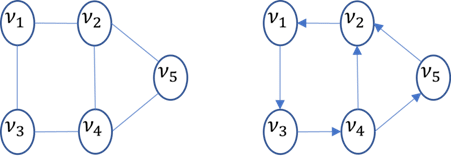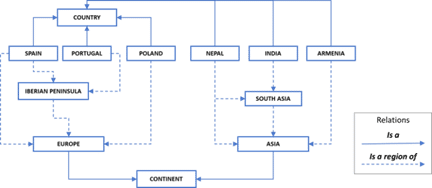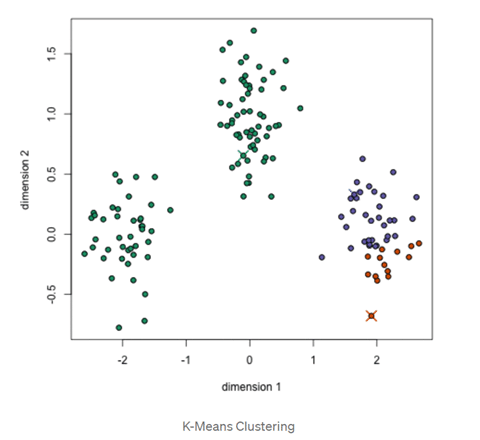It’s no secret that airlines struggle with scheduling. As a customer, it’s easy to come up with simplistic explanations for why traveling in the winter can feel like a nightmare. They just didn’t plan far enough in advance! They just want to save money! They’re being too cautious! God forbid the storm that was forecasted doesn’t even happen. But the reality is more complicated, and the need for airline scheduling optimization becomes critical.
Airlines must run a tight ship to be profitable, which often requires a highly optimized schedule that is tightly constrained and interconnected. Achieving a smooth operation on a normal day is actually something to behold, but it doesn’t mean airlines can’t get better at responding more effectively to the harsh reality of bad weather.
This article will walk through three touch points in the decision process for adjusting flight schedules in response to weather events. We’ll start early in the decision process, where we need to estimate what impact bad weather might have on operations. Next, we’ll move to the flight cancellation decision, and how that might be improved. Finally, we’ll look back on the decisions that were made along the way and see how they might be able to be improved. At each touch point, we will describe how various advanced analytics approaches could help to improve the decision process.
How might a weather event impact the current schedule?
Let’s begin with this question. How might a weather event impact the current schedule? The answer is, as expected, very complex. First, we don’t know exactly when the weather event will occur. Weather forecasts have improved markedly in recent years, and forecasts always become more certain over time. However, a weather forecast being off by a few miles or hours can change the appropriate response and timing of that response. Being able to predict as far out as possible in a probabilistic fashion is a key requirement of any meaningful solution to schedule impact.
Next, once we know (with uncertainty) when and where to focus on the schedule, the question is what will be impacted. When will the airport need to go to a single arrival runway, and when can they return to parallel approaches? How long is taxi time expected to increase, and when might it return to normal? How many flights will other airlines cancel, and when? How many schedule changes will I need to make? These are just a few examples. In all cases, the answers are probabilistic in nature and can be integrated into the decision-making process to develop more robust responses to weather events.
Of course, we ask how the weather might impact our plans when deciding whether to travel during the holidays or whether to have our wedding reception inside or outside. We don’t need fancy models to make those decisions (although some at Mosaic have done it for fun!). But when it comes to airlines answering this question, the need for more robust decision-making tools is obvious.
One broad analytics capability Mosaic brings to bear is the idea of integrating predictive machine learning models with prescriptive optimization models. The basic idea is to develop predictive ML models as inputs to optimization models. Integrated ML and optimization solutions can then be utilized within a simulation framework to help develop a distribution of optimal alternative solutions depending on the likelihood of an event.

At Mosaic, we focus on building end-to-end integrated ML and optimization solutions and solving components of predictive and prescriptive problems that can integrate into existing solutions. For airlines, where entire scheduling teams are already focused on the optimization side of the equation, we believe there is an opportunity to feed those models with better inputs that can support more probabilistic decision-making. Machine learning models can better translate weather forecasts into predicted operational impacts, enabling scheduling algorithms to operate on more accurate and robust assumptions.
Which flights should be canceled?
There comes a time in every dispatcher’s life when they need to decide how many flights to cancel. When this time comes, the name of the game is delivering minimal changes to the plan to circumvent the problem. Canceling flights is a necessary but incredibly difficult balancing act. Not canceling enough flights can be a safety concern, while canceling too many flights leads to unnecessary costs and angry customers. Sub-optimal decisions can quickly land your airline on the newspaper’s front page.
One small snowstorm in the northeast can significantly impact flights nationwide for large airlines. This is partly because airlines have optimized their operation so much that a small hole in the plan can easily cause a flood of negative downstream consequences. Whether it be dealing with commuting flight crews not being able to get to work or certain members of the flight crew not being legal to fly, the constraints that are present when airlines need to adjust can make it difficult to find the best path forward.
Graph-based algorithms are excellent at identifying the degree of connectedness within a network. Whether that network is a system of roads, the connections of different characters in a book, or the connectedness of a flight schedule, the underlying problem is the same. For our use case, the goal would be to identify the minimum set of flights out of an airport that meets flight cancellation needs and minimizes the impact on the rest of the airline’s schedule. In this case, we would want to look at the flight schedule and other intertwined schedules, including crew and maintenance schedules.

Graph-based approaches can also be integrated with other predictive solutions described above to enable dispatchers to make minimal schedule changes earlier in the decision-making process. For example, dispatchers equipped with models that predict the probabilistic impact of operations given a forecasted weather event can start making small adjustments to the schedule several days out that help to set up the schedule to accept larger cancellation events with less impact as the event gets closer.

What lessons can I learn for the next time around?
Once a severe storm has passed and operations are back to a steady state, the obvious question that remains is: “What can we learn from the decisions we made?” It should be clear, given how advanced the airline industry already is, that there will always be problems to solve and lessons to learn no matter how advanced decision support tools get. Therefore, looping back through the event and understanding how improvements can be made to processes and existing tools is a critical exercise.
Analytical approaches can help dispatchers and routers extract lessons that may be buried deep down. While broad lessons can be learned through experience, it is likely that the smaller decisions about specific flights being canceled or delayed were either highly effective or detrimental to operations. In this case, clustering algorithms are highly effective at identifying similarities across multiple dimensions and can help decision-makers identify root causes for why certain decisions did or did not work out well.

Airline Scheduling Optimization Conclusion
While the airline industry is one of the leaders in relying on advanced analytics to make optimized decisions, improvements can still be made to key components of their operations and decision-making processes. At Mosaic, we focus on finding solutions to these smaller sub-problems that can integrate with each other to solve broader challenges faced across the industry.
As a leading provider of advanced aviation solutions for diverse federal and commercial aviation customers, many of Mosaic’s projects have demonstrated millions of dollars in annual cost reductions. Our dedication to achieving customer objectives through innovative techniques and our creative approach to complex air transportation challenges sets us apart – delivering impartial, data-driven results with an eye toward sustainability.


